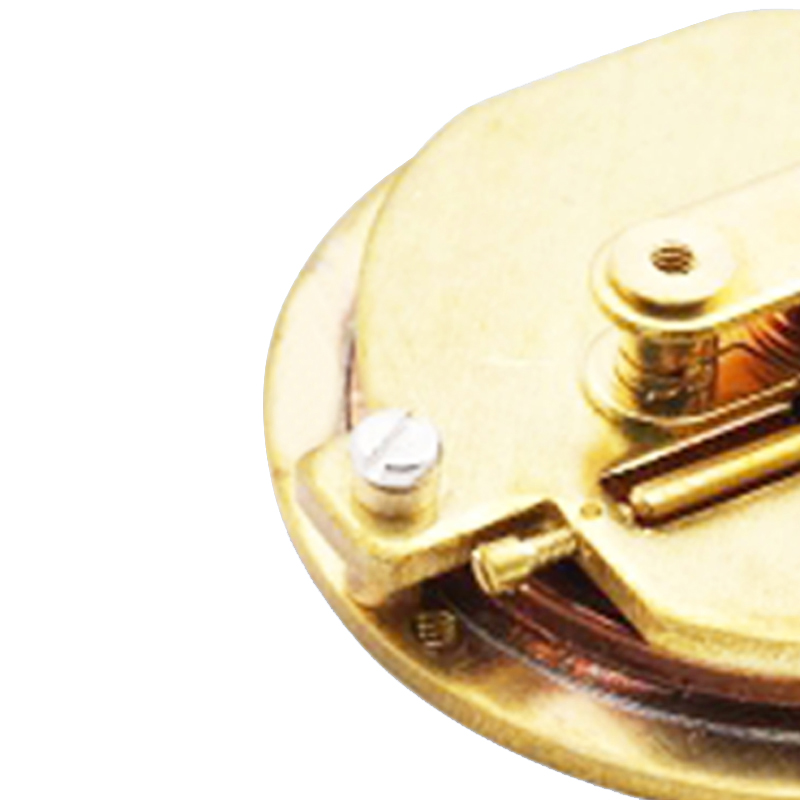
Αυγ . 09, 2024 02:15 Back to list
Choosing the Right Pressure Gauge for Your Fire Safety System Needs and Requirements
Understanding Fire System Pressure Gauges A Crucial Component for Safety
Fire safety is a paramount concern for any building, whether it's a residential home, commercial space, or industrial facility. One of the unsung heroes of fire protection systems is the fire system pressure gauge. This essential device plays a critical role in ensuring that fire suppression systems, such as sprinklers and standpipes, operate effectively in the event of a fire. In this article, we will explore the importance of pressure gauges, their functions, and the factors to consider when purchasing one.
A fire system pressure gauge is designed to measure the pressure within a fire suppression system. It provides vital information regarding the system’s operational reliability. Typically, these gauges are calibrated in psi (pounds per square inch) and are mounted directly on the fire protection equipment or within the piping system. The main purpose of the gauge is to monitor the pressure levels in the system, ensuring that they are within the acceptable range required for optimal performance.
Understanding Fire System Pressure Gauges A Crucial Component for Safety
When purchasing a fire system pressure gauge, there are several factors to consider. First and foremost, it is crucial to choose a gauge that meets the specific requirements of your fire suppression system. Different systems may require different pressure ranges. For instance, a typical sprinkler system might operate between 25 to 100 psi. Therefore, it is essential to select a gauge with an appropriate range to ensure accurate readings without being pegged or sending erroneous readings due to extreme pressures.
buy fire system pressure gauge

Another consideration is the type of gauge. There are two main types analog and digital. Analog gauges use a dial and a needle to indicate pressure, while digital gauges provide a numerical readout, often with added features such as data logging or connectivity to monitoring systems. Digital gauges can offer greater precision and are easier to read from a distance, while analog gauges are often simpler and more cost-effective.
Durability and design also play crucial roles in selecting the right gauge. Fire system pressure gauges must withstand harsh conditions, including temperature fluctuations and exposure to water and chemicals. Look for gauges that are made from high-quality materials, such as stainless steel or brass, which can provide greater longevity and reliability.
Finally, consider compliance with local regulations and standards. Fire safety equipment is often subject to stringent codes that dictate performance and installation. Ensure that the gauge you choose meets the necessary certifications and is approved by relevant authorities.
In conclusion, a fire system pressure gauge is an indispensable component of fire safety systems, providing essential data to ensure effective performance. By understanding its function and making informed purchasing decisions, facility managers can contribute significantly to maintaining a safe environment for occupants while protecting property from potential fire hazards. Investing in a quality pressure gauge is not just a regulatory requirement; it's a commitment to safety.
-
High-Precision 5 Valve Manifold Differential Pressure Gauge Suppliers
NewsApr.29,2025
-
High-Precision Diaphragm Vacuum Pressure Gauges Manufacturers & Quotes
NewsApr.29,2025
-
Omega Differential Pressure Gauges High Accuracy & Durability
NewsApr.28,2025
-
Low Pressure Differential Pressure Gauges Precision Solutions & Quotes
NewsApr.28,2025
-
Digital Diaphragm Pressure Gaauge Precision Measurement & OEM Quotes
NewsApr.28,2025
-
Differential Pressure Gauge China Price High-Accuracy & Best Quotes
NewsApr.28,2025
